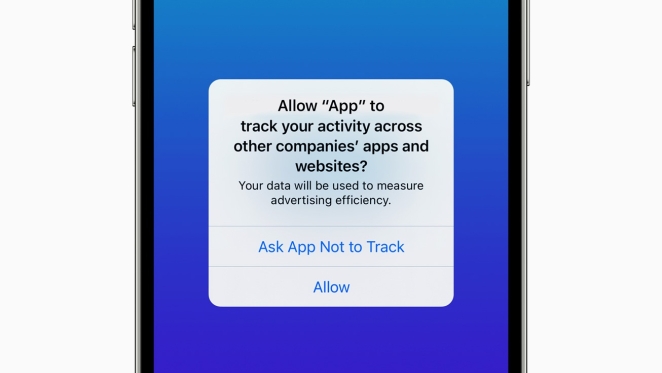Over the last few years, the advertising industry has jumped from trend to trend, looking for ways to ride out the rollercoaster of economic instability. Some of them were driven by shifts in consumer habits introduced by the Covid-19 pandemic, such as the explosion of streaming services, a direct result of people spending more time at home consuming content which accelerated the growth of Connected TV (CTV). Others, by the latest technologies and marketers' attempts to harness their capabilities to grab shoppers’ attention, such as the Metaverse, NFTs, and AI.
This has resulted in a storm of media distractions which have pulled marketers’ attention away from the fast-approaching end of third-party cookies. While already a thing of the past on Safari and Firefox, a monumental shift will come in Q1 of 2024 when Google starts disabling cookies for Chrome users – yet reports of the industry’s readiness for this change still paint an unprepared picture.
In fact, recent research found that most marketers (60%) see the end of cookies and IDs as inevitable, yet a concerning 41% still know little to nothing about ID-less or cookieless solutions. With their attention divided between so many distractions, marketers must now focus on preparing for the biggest and most immediate change coming their way by exploring viable privacy-first alternatives.
Cookieless is a major challenge – what now?
Although the advertising industry has recognised the magnitude of the challenge the end of third-party cookies poses, it has also failed to take enough action towards finding the right solutions, perhaps due to repeated delays in Google’s plans.
However, a combination of privacy regulations, the cookie deprecation in Safari and Firefox, and Apple’s App Tracking Transparency (ATT) is already causing signal losses – particularly for direct-to-consumer brands launching mainly in online spaces – making it increasingly challenging to track users in the digital sphere, accurately target audiences, and measure campaign performance.

Reaching the right audiences at scale, while maintaining the same accuracy without identifiers is advertisers’ main challenge. In fact, it ranks as the key concern for many organisations when the cookie disappears, with 53% stating it is their top worry.
It’s about progress, not perfection
Over the years, businesses have made considerable investments to build their own data and audience creation platforms. Understandably, they will want to extract as much value out of them as possible, but not all of these solutions are delivering their purpose.
Focusing on progress instead of perfection is the ideal mindset for brands and agencies who, until now, have made no tangible developments in their ad tech stacks to prepare them for a privacy-centric future. This is an opportunity for marketers to take a cold, hard look at their current capabilities, and understand how they can enhance them via the right partnerships and tools to solve the problems of brand safety, consumer privacy, and scalability.
At the same time, there is no quick fix to this issue. While there is an array of solutions on the market focused on overcoming the challenges posed by the end of cookies, some are simply trying to replicate the use of identifiers, to compensate for their future absence. One of the most popular alternatives is unified IDs.
Firstly, it is incredibly unlikely that all ad tech players would agree on one common unified ID standard. Secondly, even if their siloed nature and associated limitations could be solved, there is still an overwhelming rejection of online tracking by users.

In reality, there are several emerging solutions that respect user privacy, including contextual targeting, but their main limitations, reach and scalability, are a major hindrance for the advertising industry. Advertisers need solutions that not only align with privacy regulations, but also reach customers at scale.
While new options are coming to market all the time, if marketers are to ensure revenues don’t drop as soon as the cookie is phased out, they need to prioritise partners pioneering the privacy-first future of advertising, who preempted the privacy shift and have tested and proven solutions built for longevity and scale.
To find partners of trust, marketers need to take it back to basics. By analysing their current ad stack to find weaknesses, they can onboard solutions that truly enhance their capabilities – there’s no one-size-fits-all answer.
Looking past the distractions to find solutions
Major tech developments always drive brands to discuss their potential, harness their capabilities, or simply have a voice on the matter. However, with the privacy future of advertising looming over us, it’s time marketers stop being distracted, and instead focus their attention on the real challenge that poses more urgent concerns in the immediate future.
The end of cookies and IDs is as inevitable as tomorrow. Instead of fearing the future, marketers must jump at this opportunity to rethink their strategies and enhance their capabilities so that when the time comes - soon - they can be ready.

By Raphael Rodier, Global Chief Revenue Officer at Ogury




